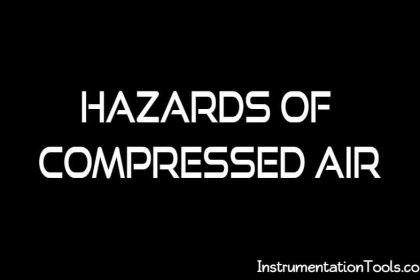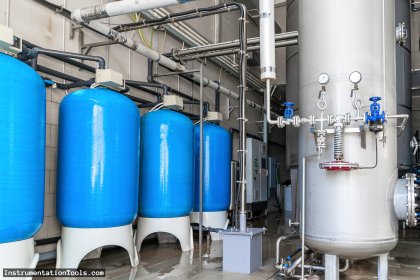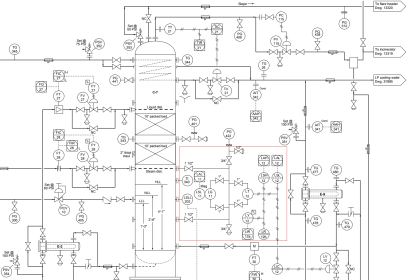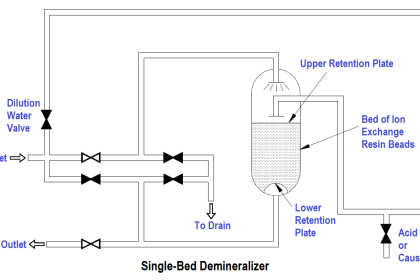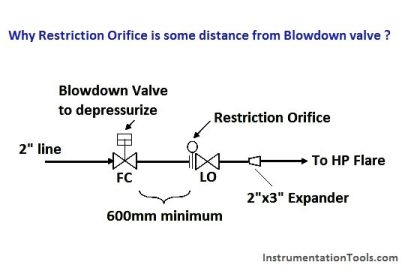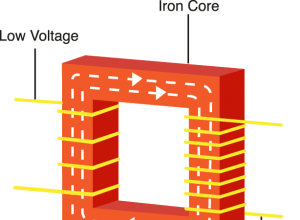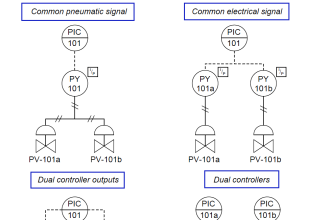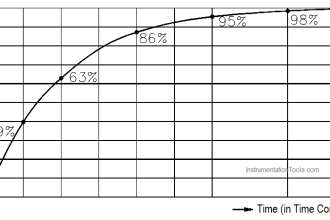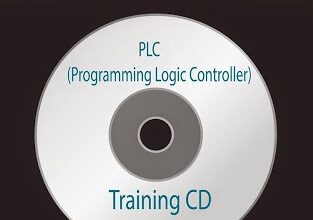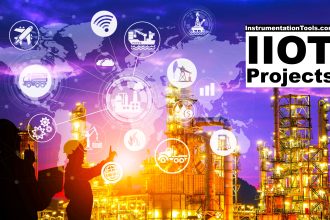A flame arrester (also spelled arrestor), deflagration arrester, or flame trap is a device that stops fuel combustion by extinguishing the flame.
A flame arrester (also called a deflagration arrester) functions by absorbing the heat from a flame front traveling at sub-sonic velocities, thus dropping the burning gas/air mixture below its auto-ignition temperature: consequently, the flame cannot survive. The heat is absorbed through channels (passages) designed into an element. These channels are chosen and measured as the mesg (Maximum Experimental Safe Gap) of the gas for a particular installation. These passages can be regular, like crimped metal ribbon or wire mesh or a sheet metal plate with punched holes, or irregular, such as those in random packing.

Flame Arrester Principle
Flame arresters are passive devices with no moving parts. They prevent the propagation of flame from the exposed side of the unit to the protected side by the use of metal matrix creating a torturous path called a flame cell or element. All detonation flame arresters operate on the same principle: removing heat from the flame as it attempts to travel through narrow passages with walls of metal or other heat-conductive material, but unlike flame arresters, detonation flame arresters must be built to withstand extreme pressures that travel at supersonic velocities, 1,500 psi (10 MPa) at 2500 m/s is not uncommon with a group D Gas.
Detonation flame arresters made by most manufacturers employ layers of metal ribbons with crimped corrugations. The internal narrow passages of the crimped corrugations make up the element matrix. These passages are measured as the hydraulic diameter and are made smaller for gases having smaller maximum experimental safe gaps (MESG).
Under normal operating conditions the flame arrester permits a relatively free flow of gas or vapor through the piping system. If the mixture is ignited and the flame begins to travel back through the piping, the arrester will prohibit the flame from moving back to the gas source.
Most detonation flame arrester applications are in systems which collect gases emitted by liquids and solids. These systems, commonly used in many industries, may be called vapor control systems. The gases which are vented to atmosphere or controlled via vapor control systems are typically flammable. If the conditions are such that ignition occurs, a flame inside or outside of the system could result, with the potential to do catastrophic damage.
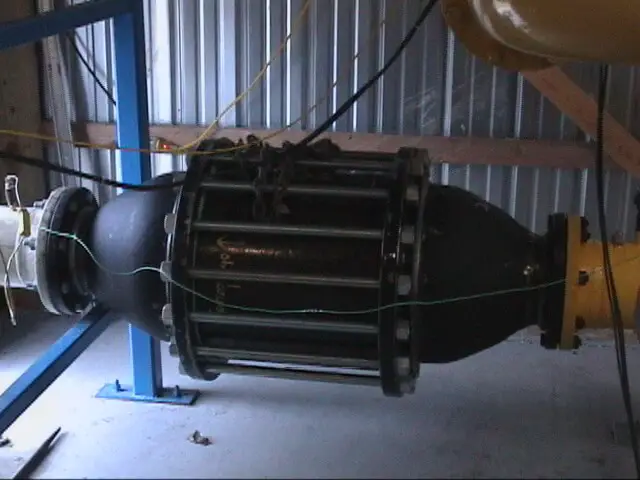
Figure: This Detonation Flame Arrester is being tested for an 8-inch piping system
The required size of the channels needed to stop the flame front can vary significantly, depending on the flammability of the fuel mixture. The large openings on a chain link fence are capable of slowing the spread of a small, slow-burning grass fire, but fast-burning grass fires will penetrate the fence unless the holes are very small. In a coal mine containing highly explosive coal dust or methane, the wire mesh of a Davy lamp must be very tightly spaced.
For flame arresters used as a safety device, the mesh must be protected from damage due to being dropped or struck by another object, and the mesh must be capable of rigidly retaining its shape during the propagation of a flame front. Any shifting of the individual wires that make up the mesh can create an opening large enough to allow the flame to penetrate and spread beyond the barrier.
On a fuel storage vent, flame arresters also serve a secondary purpose of allowing air pressure to equalize inside the tank when fuel is added or removed, while also preventing insects from flying or crawling into the vent piping and fouling the fuel in the tanks and pipes.
Safety
Flame arresters should be used only in the gas group and conditions they have been designed and tested for. Since the depth on an arrester is specified for certain conditions, changes in the temperature, pressure, or composition of the gases entering the arrester can cause the flame spatial velocity to increase, making the design of the arrester insufficient to stop the flame front (“propagation”). The deflagration may continue downstream of the arrester.
Flame arresters should be periodically inspected to make sure they are free of dirt, insects using it as a nest, or corrosion.
Applications
Flame arresters are used for :
- to stop the spread of an open fire
- to limit the spread of an explosive event that has occurred
- to protect potentially explosive mixtures from igniting
- to confine fire within an enclosed, controlled, or regulated location
- to stop the propagation of a flame traveling at sub-sonic velocities
They are commonly used on :
- fuel storage tank vents
- fuel gas pipelines
- safety storage cabinets for paint, aerosol cans, and other flammable mixtures
- the exhaust system of internal combustion engines
- the air intake of marine inboard engines
- Davy lamps in coal mining
- overproof rum and other flammable liquors.
Source: Paradox Intellectual Properties Inc.


